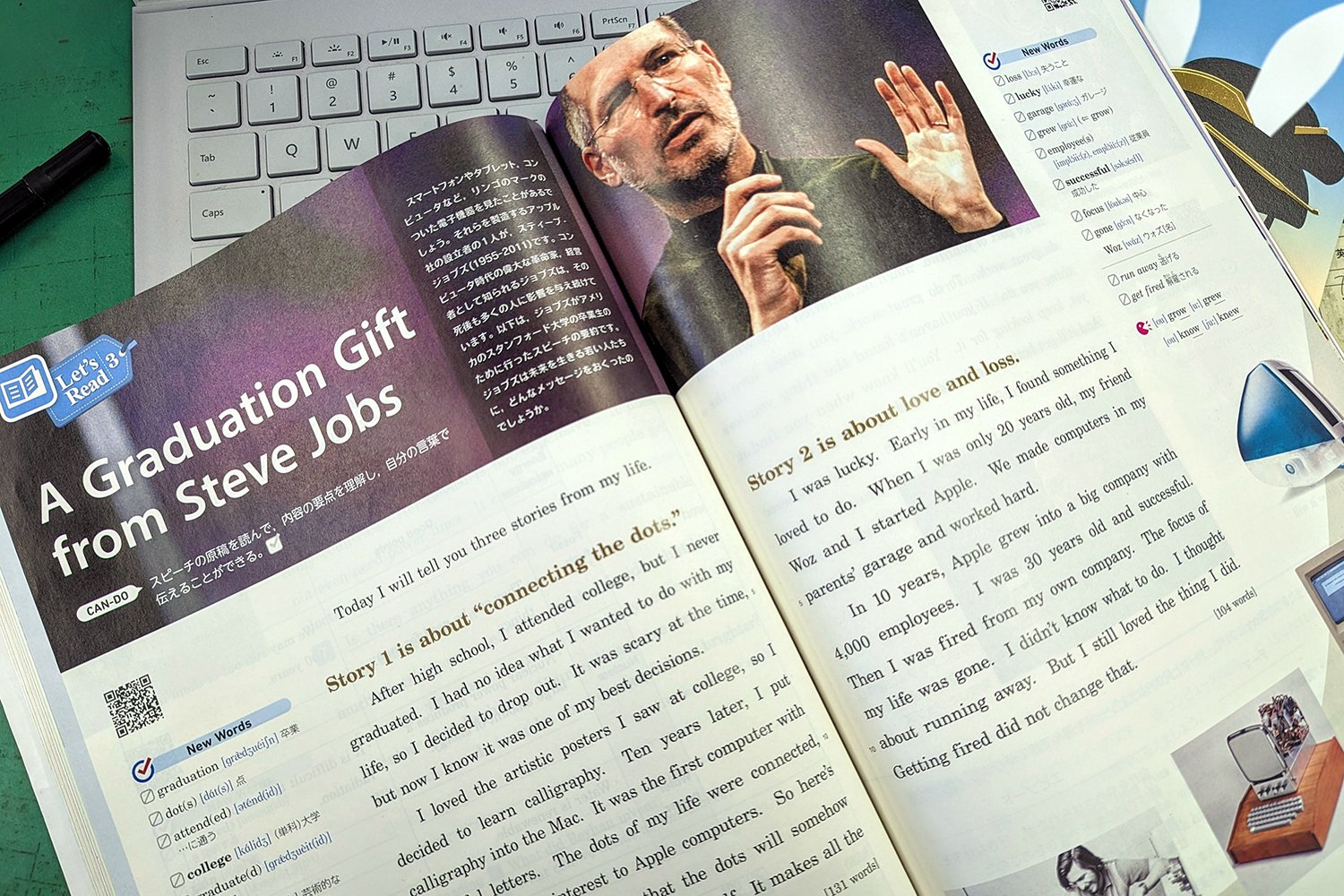Osamu Watanabe: Museum of Sweets

Watanabe’s lifelike art is too good to eat.
Cover photo: Sweet Cat, mixed media sculpture including clay, modeling paste, and resin, by Osamu Watanabe (undated). Photo by Danny With Love.
Intro
The other day, I visited the Fukui City Art Museum to see the Museum of Sweets exhibit by artist Osamu Watanabe (渡辺おさむ). Watanabe is a pioneer of “Fake Cream Art,” crafting confectionary-inspired sculptures from inedible materials. His whimsical creations are irresistibly appetizing and undeniably adorable.
Fake Cream Art & Fake Food History
Since his days as a university student in the early 2000s, Watanabe has been developing and perfecting “Fake Cream Art” (フェイククリームアート) — a style of dessert-like decorative artworks made from synthetic materials.
“In Japan, it’s pretty common to see artificial renditions of food that resemble the real thing,” explains Watanabe, “so I usually get the biggest reactions when I showcase my work outside of Japan.” His work has been exhibited around the world, including in the United States, Turkey, Indonesia, and China.
Japan’s unique culture of hyperrealistic fake food dates back to the 1920s, when shokuhin sampuru (食品サンプル) or “food models” first appeared in restaurant displays. Originally made of wax to introduce foreign dishes to Japanese locals, these replicas quickly became a popular advertising tool. Today, Japan’s fake food industry is estimated to be worth 90 million U.S. dollars.
“When I first introduced dessert decoration into the art world, many viewed food replicas as mere industrial products,” says Watanabe, but fake food is being increasingly recognized for its incredible artistry, which requires total mastery of color, texture, and gloss.
Nostalgia & Escapism
Watanabe was perhaps destined to make art inspired by sweets. He says, “Some of my most vivid memories come from childhood, watching my mother, who taught baking classes, make desserts.”
“I believe that sweets hold happy memories for everyone,” writes Watanabe in exhibition materials. After all, sweets often accompany joyful occasions. Clouded by nostalgia, he reflects, “What we remember is sweeter and more beautiful than the real thing.” Watanabe recalls the wonder of these ephemeral moments through his creations.
In contrast to the harsh realities of daily life, Watanabe proclaims, “I wanted to create a dreamy, nostalgic world — one that offers a sense of warmth and escapism.”
Exhibition
I was unfamiliar with Watanabe prior to visiting his Museum of Sweets exhibit. At first glance, I believed his creations were made of real sugar, like intricate gingerbread houses. My mouth watering, I was awestruck to realize his artworks were perfect imitations.
Museum of Sweets unfolds across several themed rooms, including sea creatures, architectural landmarks, animals, and iconic works from art history. The attention to detail is mesmerizing, combining clay, piped modeling paste and resin accents. Each piece is playful and precise, transforming familiar sweets into something otherworldly.
Conclusion
Sitting at the intersection of art, food, and kawaii culture, Watanabe’s art feels distinctly Japanese yet universal in its appeal. He shows us that the greatest beauty exists somewhere between reality and fantasy.
Access
Osamu Watanabe: Museum of Sweets is open at the Fukui City Art Museum through November 9th. Adult entrance costs 1,200 yen (approx. 8 USD).
























